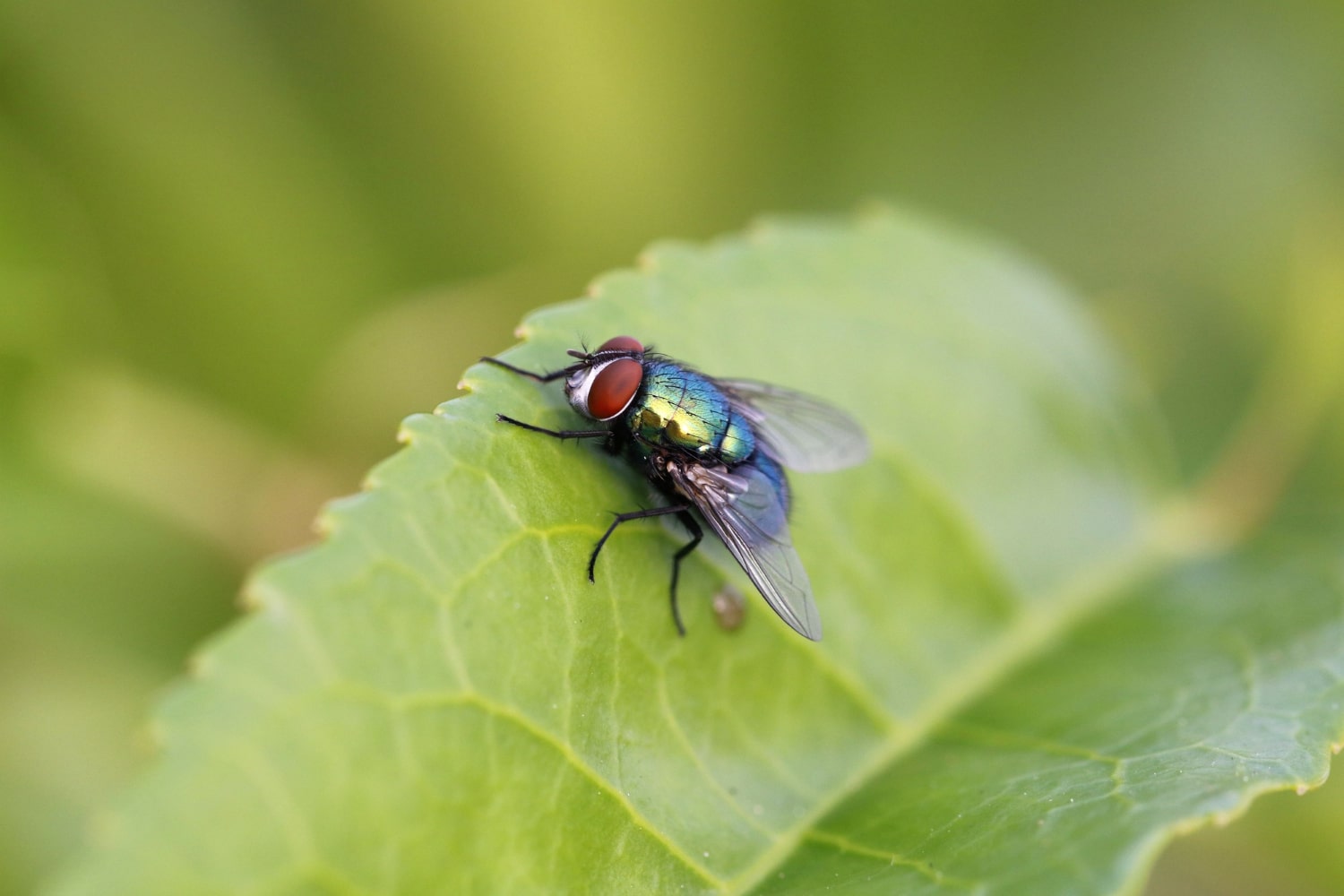Flies are among the most widespread insects on Earth. While many people view them as annoying or dirty, these tiny creatures possess remarkably complex biology and behavior. Flies play an essential role in ecosystems and even have applications in medicine and scientific research. Their adaptive abilities and unique features continue to fascinate scientists around the world. Here is a collection of fascinating facts about flies that you may not have known.
- There are over 120,000 known species of flies worldwide, and scientists discover new ones every year. They live on every continent except Antarctica and have adapted to a wide range of environments. Some species live in water, while others thrive in deserts or tropical forests.
- A fly’s eyes are made up of thousands of individual lenses called ommatidia, giving them nearly 360-degree vision. This structure allows them to detect movement from almost any direction and respond instantly to threats. They are highly sensitive to motion, making them extremely difficult to catch.
- Flies beat their wings up to 200 times per second. This high wingbeat frequency gives them impressive agility in flight. They can easily maneuver through tight spaces and quickly avoid obstacles.
- Instead of teeth, flies use a special proboscis to feed by sucking up liquids. To consume solid food, they first dissolve it with saliva that contains digestive enzymes. Only after the food becomes liquefied can it be ingested.
- Flies serve an important ecological function by helping to break down organic matter. They consume decaying food, animal remains, and waste, contributing to the natural cleaning of the environment. This role helps reduce the spread of disease.
- Some types of flies, such as flower flies, act as pollinators like bees. They transfer pollen from one flower to another, supporting plant reproduction. They are especially active in cooler or cloudier weather when bees are less mobile.
- The average lifespan of a fly is between two and four weeks. During that time, they go through four life stages: egg, larva, pupa, and adult. A single female housefly can lay up to 500 eggs in her lifetime.
- Flies have a strong sense of smell that allows them to detect odors from long distances. They are attracted to the scent of food, decay, or pheromones released by other flies. This makes them highly effective in locating food sources.
- The legs of a fly are very sensitive and can detect taste. When a fly lands on a surface, it instantly senses whether the area contains nutrients. If so, it begins feeding without hesitation.
- Despite their reputation as carriers of disease, flies are also used in medicine. In controlled environments, certain fly larvae are bred and applied to wounds to remove dead tissue. This method, called maggot therapy, promotes healing in chronic or infected wounds.
- Some flies have evolved defense mechanisms such as mimicry, where they resemble bees or wasps. This visual similarity deters predators and increases their chances of survival. Mimicry is a common form of protection in nature.
- Although flies do not have ears, they can detect air vibrations using specialized sensory organs. This ability helps them sense approaching objects and quickly change direction. Their reflexes are many times faster than those of humans.
- Houseflies can carry more than 100 types of disease-causing pathogens. They often land on garbage, feces, and decaying matter, then transfer bacteria to food and surfaces. Maintaining hygiene is critical in preventing contamination.
- Flies are widely studied in biology and genetics. The most famous species is the fruit fly, or Drosophila melanogaster, which is a model organism in genetic research. It has contributed to many important discoveries in the field of heredity.
- Flies are highly resilient creatures capable of surviving extreme conditions. They can endure high temperatures, humidity, and even temporary oxygen deprivation. Some species have adapted to live in the most inhospitable environments.
- Laboratory studies have shown that flies can learn and remember. They can associate specific smells with positive or negative experiences. This makes them useful subjects for studying brain function and behavioral science.
Flies are far more fascinating than they first appear. These interesting facts highlight their complex biology, ecological significance, and value in science and medicine. You may not have realized how diverse and useful these tiny insects can be. Studying them offers deeper insight into nature and the mechanisms of life itself.





